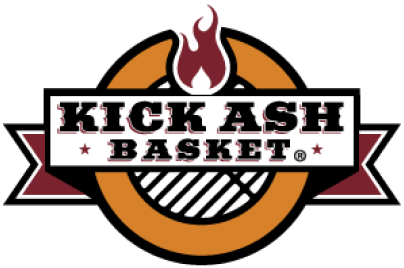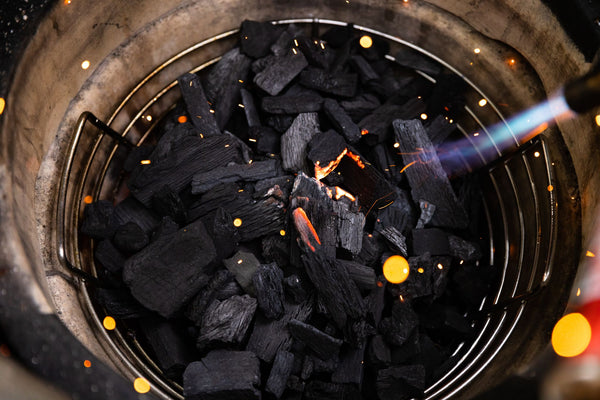
Guide to Cuts of Beef
There are lots of different kinds of beef, and you may only know how to grill the few different cuts of beef that you’ve actually attempted before. Well, then it’s time to branch out in the meat aisle at the store. This post is meant to give you all the confidence you need to surprise your friends and yourself by bringing home a different kind of cut of beef.
Not sure where to start? Don’t even have a go-to cut of beef already? That’s okay!
Cuts of Beef
Loins: Sirloin and Steak
Most of the steak adjacent words that you know for beef are from the loin, the cut of beef which is in the back top of the cow. Not quite as far back as the round, loin cuts of beef come between the round and the ribs.
The loin is divided up into three different spots, the short loin, sirloin, and tenderloin. Short loins can be divided into porterhouse steaks, T-bone steaks, and strip steaks. The sirloin is a little less tender than the short loin usually is, but it also packs a bit more flavor. It is best associated with the charcoal, savory taste of a tri-tip. Finally, the tenderloin is a different piece of loin. From a tenderloin, you can get porterhouse steaks and T-bone steaks. But the tenderloin is more usually associated with tenderloin steaks and filet mignon. You could also make a roast from the tenderloin, like beef Wellington.
Ribs
Honestly, a plate of great ribs is the best possible tailgate grilling experience that you could throw. They’re easy to eat, easy to rip apart, and easy to grab. Beef ribs come between the chuck and loin pieces of meat.
Round vs. Chuck
The round is the very back of the cow, and is a pretty tough and lean piece of meat. The back of the cow generally can keep its shape more and so is more known for roasts while chuck is a bit easier to break down, and has more fat, and so is more common for hamburgers and ground beef.
Eye of Round is also great for smoking to make roast beef lunch meat. It is easy to slice (and all the other children will get jealous of your kids’ meal).

Photo by Justus Menke on Unsplash
Chuck: What is a Burger From?
Hamburgers and ground beef in general usually come from the chuck portion of the cow, the very front just under the head. The chuck portion would be fairly tough if cut and served like a steak, but is super flavorful when tenderized and ground up. It produces a hearty, meaty kind of beef.
Beef Brisket
We’ve got a great guide to the perfect beef brisket. Brisket is really tough and fatty, coming from underneath the chuck meat and being most related to the chuck. But when brisket is cooked properly and allowed enough time for the fat to caramelize and the toughness to break down, it becomes a super flavorful piece of meat which can be thinly sliced and still retain its shape and texture. This makes beef brisket really great for hearty sandwiches and subs.
Flank
Now we’ve reached a few different cuts which are mostly used for their flavor, grinding, and soups--they are not as common to simply serve to people. The flank does include the famous flank steak, but that’s about it. The rest of the flank is used mostly for grinding. Flank steaks are worth mentioning because they were once one of the cheapest kind of steaks that you could buy. They are generally really tough, much tougher than ribeye steaks or any of the cuts from the loan area. If you’re cooking a flank steak on your grill you’ll need a lot of marinade in order to make sure that it doesn’t dry out too much. You can also braise a flank steak to prevent them from losing most of their flavor.
While the flank used to be really cheap, demand has actually increased for the flank steak over time because people have realized that while the steak is a bit harder to cook without drying out or making it too tough, these cuts are really lean on their own and thus can be a healthier option than fattier cuts of beef.
Shank
The shank cut is great in stew and soup because it is extremely flavorful but really tough. If you’re throwing a shank cut onto a grill something somewhere has gone really wrong and you’ll want to reevaluate that decision! Shank is great in stew where the pieces can break down and infuse the whole pot with the flavor. It’s not great on a plate where you’ve only got the fork and knife and a little bit of sauce.
Plate
The plate cut can be used to make ribs, pot roasts, and even fajitas. The cut is generally a bit fatty and tough, so is not one of the choice cuts of meat.
Beef Considerations
Temperature
You don’t need to turn the red meat to a brown, charred mass to have it cooked all the way through. You just need to buy quality meat and then achieve a target temperature all the way through. Cooking food over open flames has a long history, but burning the food is a relatively recent — and not very tasty — mistake that people have started to make. My favorite tool for monitoring the temperature of the food on the grill is this Thermoworks thermometer.
Everyone has their own opinion on how much you’ll want to cook your beef, but in general, steaks should be cooked to about 130 degrees interior for a beautiful medium-rare finish. They should then be allowed to rest for a few minutes before serving. This rest time helps the steak finish cooking all the way through. For guests who like more well-cooked meat, I recommend searing it for a bit longer.
As things heat up you’ll create more and more ash! Make sure you have a good ashtray to collect the ashes. This one even has a slot for pouring them out. Ashes have tons of great nutrients for plants, and so you can use the ash from your beef brisket to grow strong vegetables and beautiful flowers for later!
Fat Content
Fat content will vary by the cut of beef that you’ve opted for. Ground beef that is 85% lean, at a single 3 oz serving, will contain about 13 grams of fat.
Fat content will be important to avoid bleeding juice out the sides of your beef. When you have a good bit of fat in your beef, it will retain liquid and moisture and help the beef cook a little bit more evenly. Remember that you’re grilling you’re not using a pan, so juices can slip out the sides. To help you retain even more of those juices, I recommend utilizing a concave cutting board. This will help you keep a lot of the liquid that otherwise might be lost when slicing your cuts.


